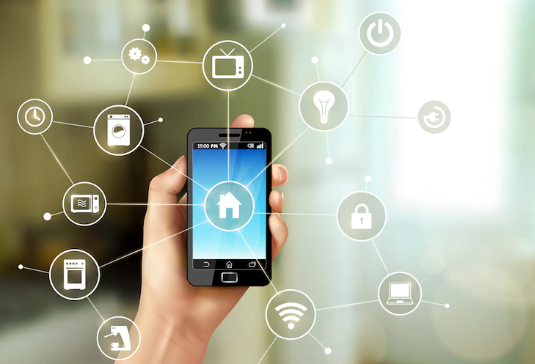Top 4 Benefits of Implementing IOT across the Healthcare Landscape
From the technological aspect, the healthcare domain is continuously booming but currently healthcare services are much more expensive compared to past, moreover, the worldwide population is getting aged and there is a constant rise of several chronic diseases. It is necessary to find a permanent solution to make basic healthcare cheaper so that it can reach to most people.
It is known that modern technology can neither resist nor can decrease the age of the population, in the same way, advanced technology cannot wipe out chronic diseases, but it can at least reduce the cost of healthcare and can make it pocket-friendly and also it will make healthcare easier to access.
A new model of technology, known as the Internet of Things (IoT), has profound applicability in various areas, including healthcare.
With the implementation of this technology, there are many immense benefits that could upgrade the standard and efficiency of treatments which ultimately results to improve the health of the population.
Benefits
Live reporting and monitoring
Live monitoring with the help of connected devices, can save lives in case of any medical emergency like heart attacks, fatal accidents, panic attacks, etc.
With IoT, advanced medical devices can effortlessly be integrated with any smartphone app, connected devices can gather medical and other health data and utilize the connectivity of the smartphone to transfer gathered data to a physician.
These data are collected and kept in the cloud servers and can be send to an authorized person, or an external medical consultant, allowing them the access to view patient history regardless of their location, time, or device.
End-to-end connectivity and affordability
IoT can design automatic patient care workflow with the support of healthcare mobility solution and other advanced technologies.
IoT in healthcare authorize interoperability, interaction between machines, data exchange, and data movement that further upgrades the healthcare service delivery workflow.
This results in technology based setup which lowers the expenses, by reducing unnecessary visits, implementing improved quality resources, and upgrading the allocation and planning.
Real time tracking and notifications
Real time alert is very crucial during life-threatening situations. Medical IoT devices collect important data and send that data to doctors for on-time tracking, while sending notifications to patients about critical parts through mobile apps and other connected gadgets.
Thus, IoT activates real-time notifications, monitoring, and following, which gives access to quick treatments, flawless accuracy, by doctors and upgrade the complete process of patient care.
Remote medical assistance
In a critical scenario of an emergency, patients can reach to a doctor who is staying miles and miles away having access to a smart mobile apps. With mobility solutions in healthcare, the doctors can instantly examine the patients and can rectify the illness quickly.
Also, large number of healthcare organizations which are predicting to design machines that can spread medicines or drugs according to patient’s prescription and other related data available via connected gadgets.
Conclusion
IoT is transforming the complete operational aspect of healthcare industry, the solutions which are delivered to the healthcare industry with the help of IoT are much more advanced and accurate.
These technologies upgrade the entire healthcare product, resulting a larger impact by integrating together minor changes.

